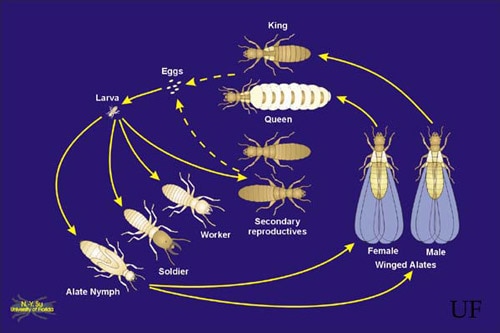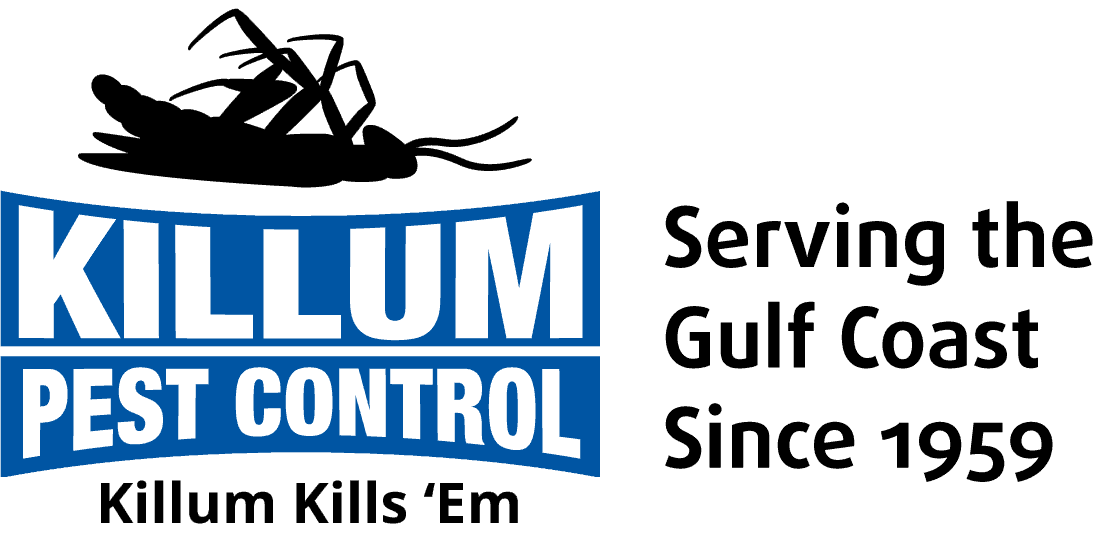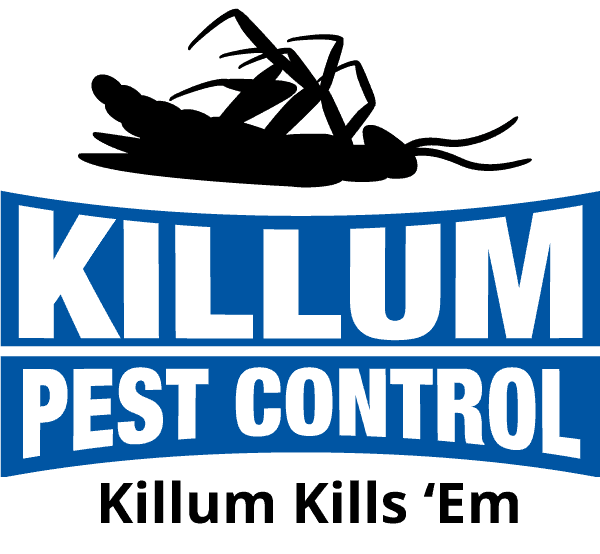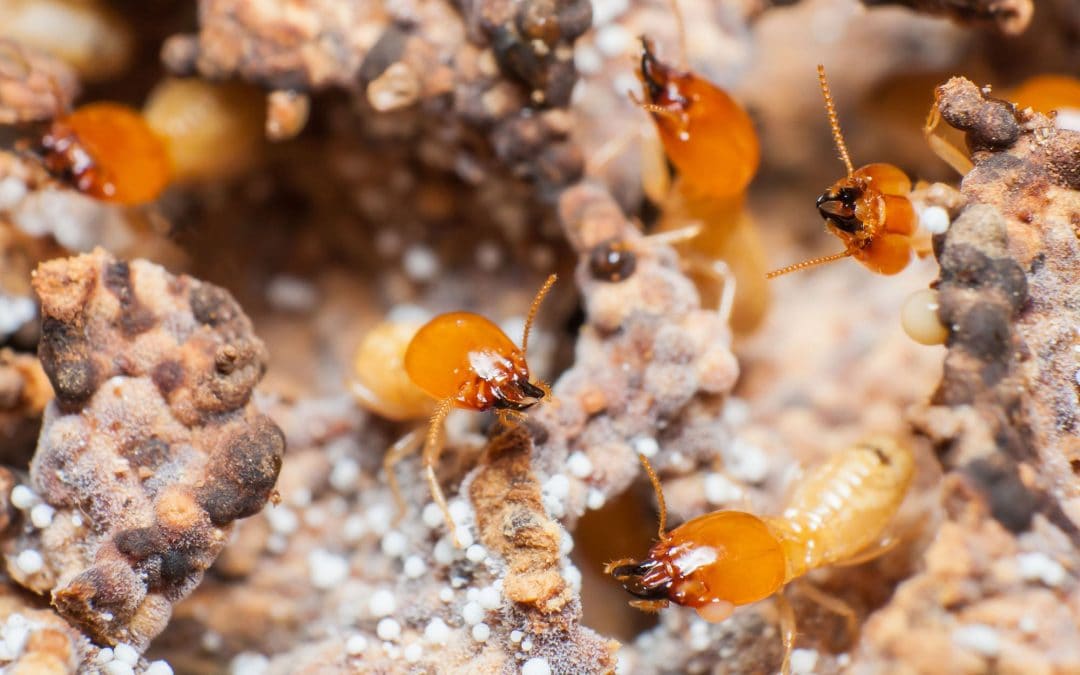Formosan termite swarming season is rapidly approaching. These subterranean termites were discovered in the US around 1956 on ships that had come in from China to dock at the Houston ship channel. Now, they are the most common termite in Southern states and almost certainly the most common termite pest found in homes in the Houston area. According to experts at Texas A&M, Formosan subterranean termites are considered one of the most aggressive and economically devastating termite species in the country.
Formosan termites build nests in the soil and use mud tubes to bring moisture to their colonies. These termites eat wood and other cellulose materials. The queen can lay thousands of eggs in a day and a typical colony can contain over 1 million termites. It goes without saying that these destructive termites that can do lots of damage in a short amount of time.
Castes
There are three types, or castes, found in Formosan termite colonies: – reproductive (alates), soldiers, and workers.
Workers: Formosan termite workers are white to off-white in color and are difficult to distinguish from other termite species. They are also referred to as psuedergates.

Soldiers: Formosan termite soldiers have egg-shaped heads compared to the more rectangular head of native subterranean termites. Formosan termite soldiers are more aggressive than native subterranean termite soldiers. When disturbed, they will exude a small amount of a white defensive secretion. Soldiers make up between 5-10 percent of a colony.

Reproductives (Alates): Winged Formosan termite reproductives or “swarmers” are yellowish-brown and 12-15 mm in length and are attracted to lights. They have a dense covering of hair on their transparent wings. As we mentioned in our previous post about termite swarmers, if you see evidence such as discarded wings, you should call an exterminator for an inspection. During the swarming period (May-June), reproductives make a short flight (usually not more than 20-50 yards) after which they lose their wings and pair off. From there, they seek out places to begin their new colonies such as crevices in moist wood. In 3 to 5 years, a colony can have a population of 10 million foraging workers, soldiers, a primary queen, and several secondary reproductive with a foraging territory of a few thousand feet.

How they Differ from Native Termites
One of the primary characteristics of Formosan termites is also what makes them especially destructive. Unlike native subterranean termites, Formosan termites can build what are called “aerial” nests. This means that they can form colonies without maintaining direct contact with ground soil.
If a pair of alates successfully finds suitable conditions, (adequate food and moisture sources in a structure) they can initiate an aerial colony with no ground connection. While these aerial colonies can form and cause damage anywhere in a building or home, these are typically located in moist indoor areas, such as in wall or floor voids in bathrooms. Aerial Formosan colonies can also form beneath shingles on rooftops, especially on flat roofs where rain water tends to pool.

Prevention and Management
As with most things, taking preventative measures is the best way to avoid a termite infestation. The combination of water and wood or other cellulose materials provide attractive conditions for termites. Leaky plumbing, air conditioning condensation and any areas that may collect moisture should be addressed as soon as possible.
![]()
When it comes to soil treatment, the conventional method for control of subterranean termites, including the Formosan subterranean termite is to place a chemical barrier between termites and the structure to be protected. At Killum, we specialize in the use of the Sentricon Termite Colony Elimination System. Contact us today if you suspect the presence of termites in your area.





